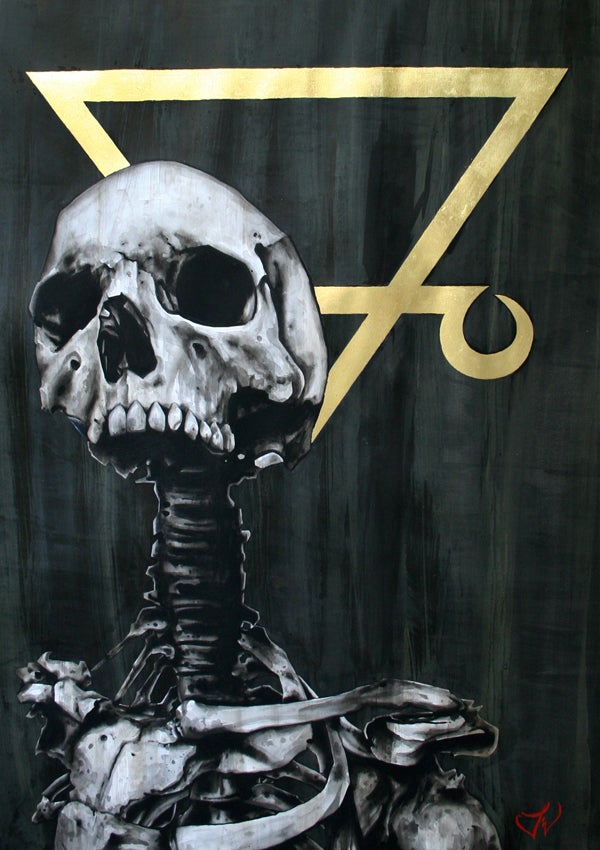More fun from friends and collaborators at the Bang the Bore collective -
6pm - 9pm, John Hansard Gallery, Southampton.
Thematically coinciding with David Cotterell’s Monsters of the Id exhibition – which “explores the contradiction between the abstraction of experience and the literal nature of documentation” – Bang the Bore’s twelfth event examines various ways in which sonic representations of concepts, objects, processes, locations and phenomena become altered in the act of mediation.
The evening will include a sonic evocation of the otherworldly gestalt environments encountered in shamanic trance states (Tim Hodgkinson); a piano composition derived from the orbits of Trans-Neptunian Objects (Joe Evans); musical abstractions from data collated in x-ray crystallography experiments (Aghartha); an improvisation juxtaposing pure mathematical synthesis with found object percussion (Magical Parents); and a trio whose modus operandi includes twisting and reconfiguring field recordings and other source material in the act of live performance (Spoils & Relics).
Coded Transmissions is also part of Southampton’s Musical Alphabet – in conjunction with the Turner Sims concert hall, BBC Music Nation, the Cultural Olympiad and Art at the Heart – a city-wide series of concerts and workshops taking place 3rd and 4th March 2012, with concerts themed around letters of the alphabet. Accordingly, the first hour of Coded Transmissions (from 6pm) takes up the baton with the letter I, for Improvisation.
The evening will include a sonic evocation of the otherworldly gestalt environments encountered in shamanic trance states (Tim Hodgkinson); a piano composition derived from the orbits of Trans-Neptunian Objects (Joe Evans); musical abstractions from data collated in x-ray crystallography experiments (Aghartha); an improvisation juxtaposing pure mathematical synthesis with found object percussion (Magical Parents); and a trio whose modus operandi includes twisting and reconfiguring field recordings and other source material in the act of live performance (Spoils & Relics).
Coded Transmissions is also part of Southampton’s Musical Alphabet – in conjunction with the Turner Sims concert hall, BBC Music Nation, the Cultural Olympiad and Art at the Heart – a city-wide series of concerts and workshops taking place 3rd and 4th March 2012, with concerts themed around letters of the alphabet. Accordingly, the first hour of Coded Transmissions (from 6pm) takes up the baton with the letter I, for Improvisation.













g!Wk~%24(KGrHgoOKjUEjlLmTEG6BKpzcn6wsw~~_35.jpg)